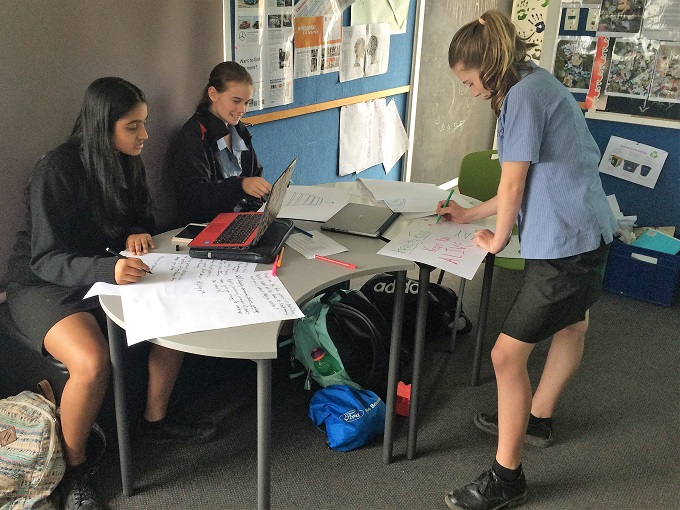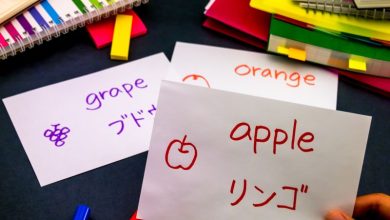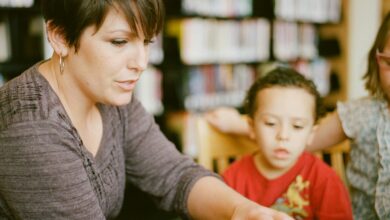How to create your own STEAM programme

Auckland school Howick College has built on the vision of its former associate principal, Louise Addison, to create a future-focussed, STEAM integrated learning environment that is working wonders for its teachers (let alone students!).
School News wanted to find out how hard it was to get their STEAM programme up and running and what the transition phase has been like since courses launched in 2017. So, we spoke to the director of Howick College’s ‘Innovation Stream’, which is the name of its STEAM initiative.
This article originally appeared in our Term 1 magazine. Click here to read the full version!
Why Howick College decided to shift towards STEAM
“The team of nine teachers that came together in 2017 wanted to focus on connected learning, evidenced by student development and eventually mastery. As a large school, teachers are often disconnected and students don’t always understand how to transfer skills, knowledge or capabilities between subjects. We wanted a model where teachers could genuinely collaborate and work across subject silos, sharing their expertise and designing well-integrated programmes together.
“This vision is encapsulated in our TLIF inquiry goals: teacher collaboration, capability development, curriculum integration, investigating the use of exponential technologies, and highlighting the NZC principles of future focus and coherence.”
Teacher workload and what was required to launch the programme
“Ms Addison proposed the idea of an Innovation Stream to our Board, we then promoted it at our open evenings and took applications to gauge interest. We had over 100 applicants and started with a class of 30 Year 9 students, from a cohort of 430. We had a really good structure, course ideas and capability descriptions and the team basically jumped in and got started using an inquiry model to work things out as we went. Teachers committed to team meetings once a fortnight and working with their course partner once a week.
“The collaboration between teachers and the highlighting of competencies pushes staff to design learning that is deeper and more holistic at the same time.”
Evolving the programme as students grow with it
In 2019 we are excited to continue the stream into Year 11 and NCEA. Our 31 students have continued in the programme since Year 9 and as a group are becoming really curious and confident learners. The teachers will design the base courses and support students to be discerning about assessment, aiming for Excellence and depth for their 80 credits as well as continuing to build on their capabilities.”
The programme itself, what teachers can design and what students can elect
“In Years 9 and 10 the students take four courses – Future Studies (English and science) Community Action (social studies and statistics), Creative Design (English and social studies) and Problem Solving (maths and science) which replace their traditional subjects of English, science, maths and social studies.
“Teachers are relatively free to design inspirational units that meet the TLIF brief. They collaborate to design the units with one formal assessment piece per term which demonstrates the subject areas as well as reviewing their work based on capability development. Student choice can come in the form of context, assessment mode, materials used or learning partnerships, but there is always a balance between exposure to new things and students working in their strength areas.
“At Year 10, students also have the opportunity to carry out their own open ‘Edge’ project (coming from the term ‘on the edge on own’s competence’) and present their learning to their peers at the end of the year.
“We are constantly encouraging students to take ownership of their learning and set their next steps. The collaboration between teachers and the highlighting of competencies pushes staff to design learning that is deeper and more holistic at the same time.”
Learning and teaching outcomes, two-year into a STEAM programme
Angela cited positive feedback from staff, whanau and students. The school started in 2017 with 30 Year 9 students and a teaching team of eight. Now, they are into their third year with 140 students across Years 9, 10 and 11, with 22 members of staff involved.
She noted: “Teachers have enjoyed collaborating and working with new staff. They are learning more about other areas and deepening their insights in their own subject area such as the use of statistics in data interpretation and methodology in social studies.
A consequence of the new learning approach, that many might not have expected, has been a change in pastoral care. “Eight teachers working with the same group of 60 students have been able examine their academic progress and pastoral needs is more close-knit way. Students are also excited to take up opportunities for authentic and community projects.
“More teacher responsiveness to student needs and choice for students within units and projects has created a feeling of flexibility and being ‘released’ from some of the traditional prescriptive and/or assessment pressure.”
Is your school working on a new STEAM programme?
Here at School News, we want to feature all your hard work so contact our editor and let us know what you’ve been up to!









